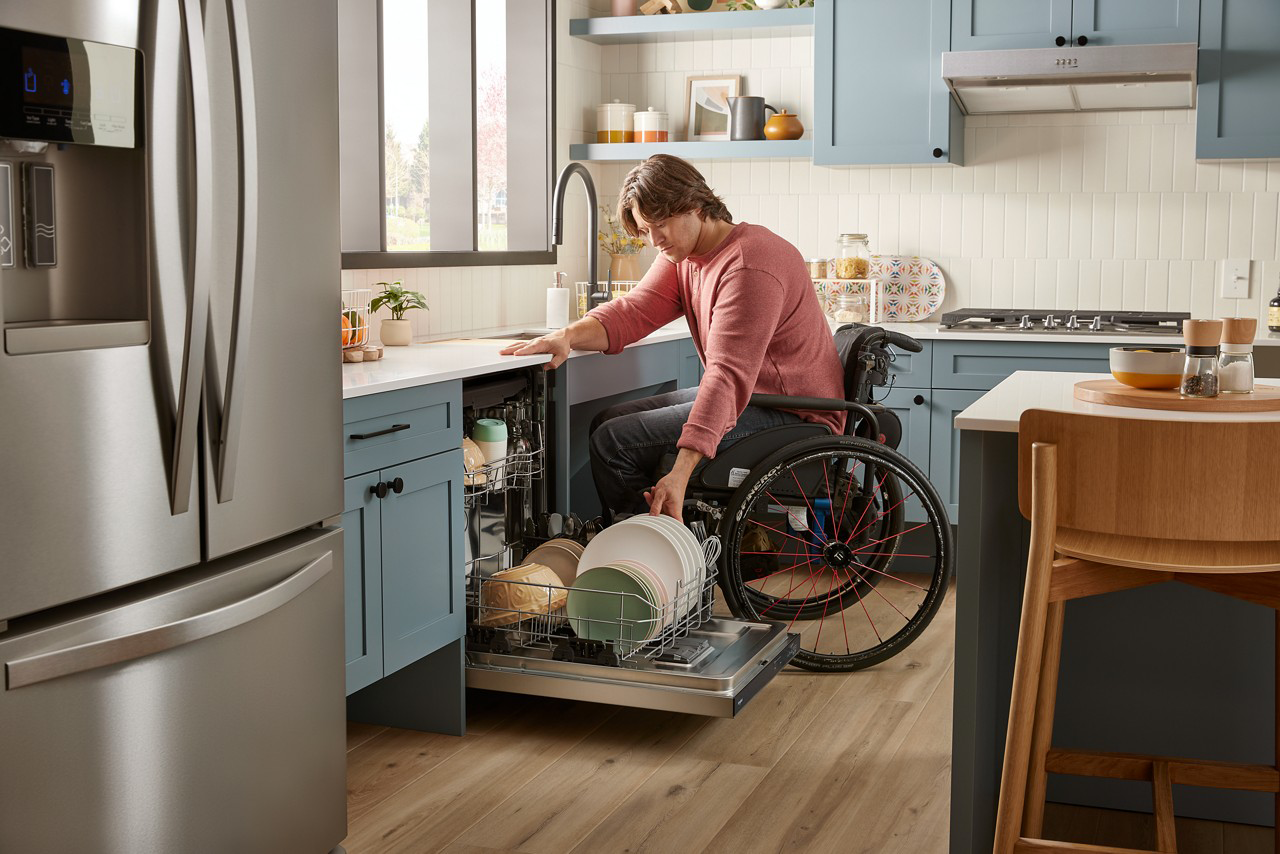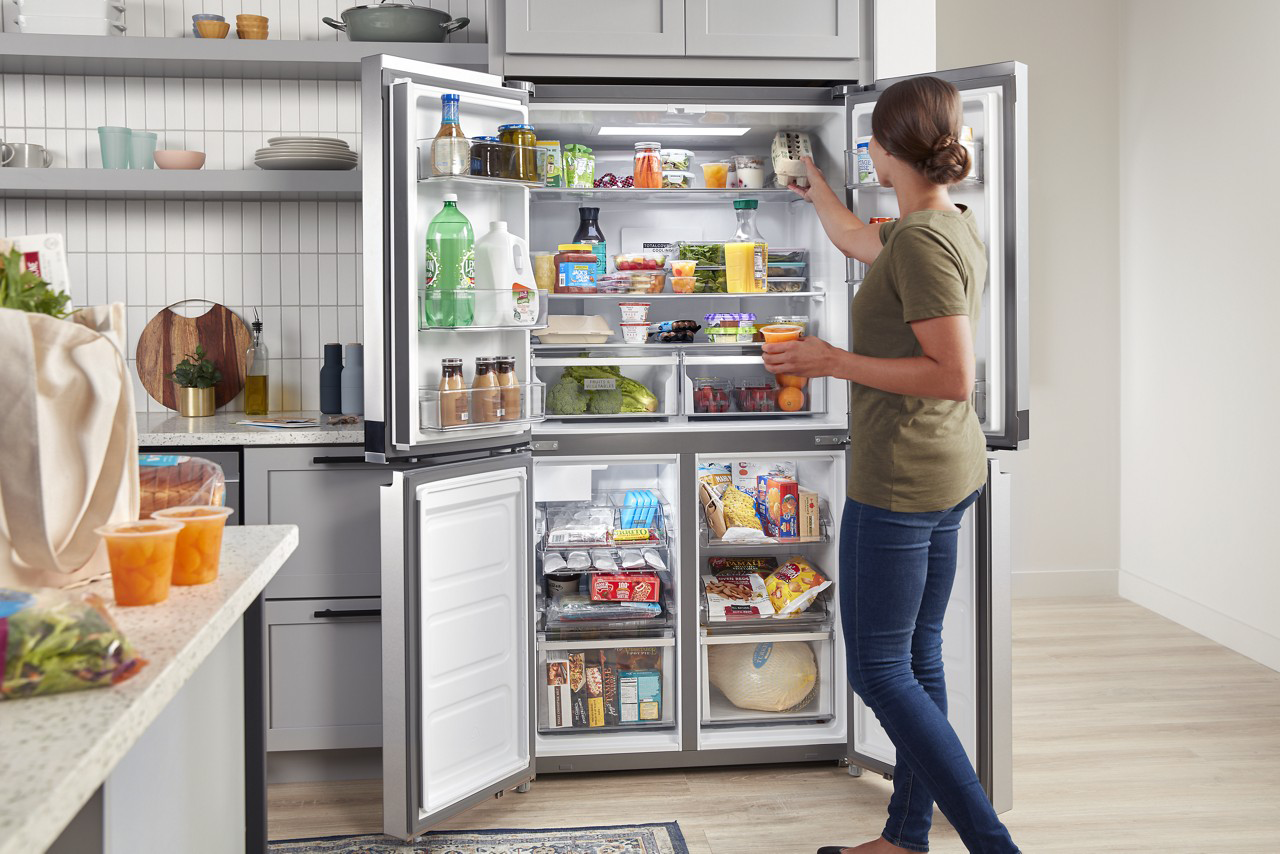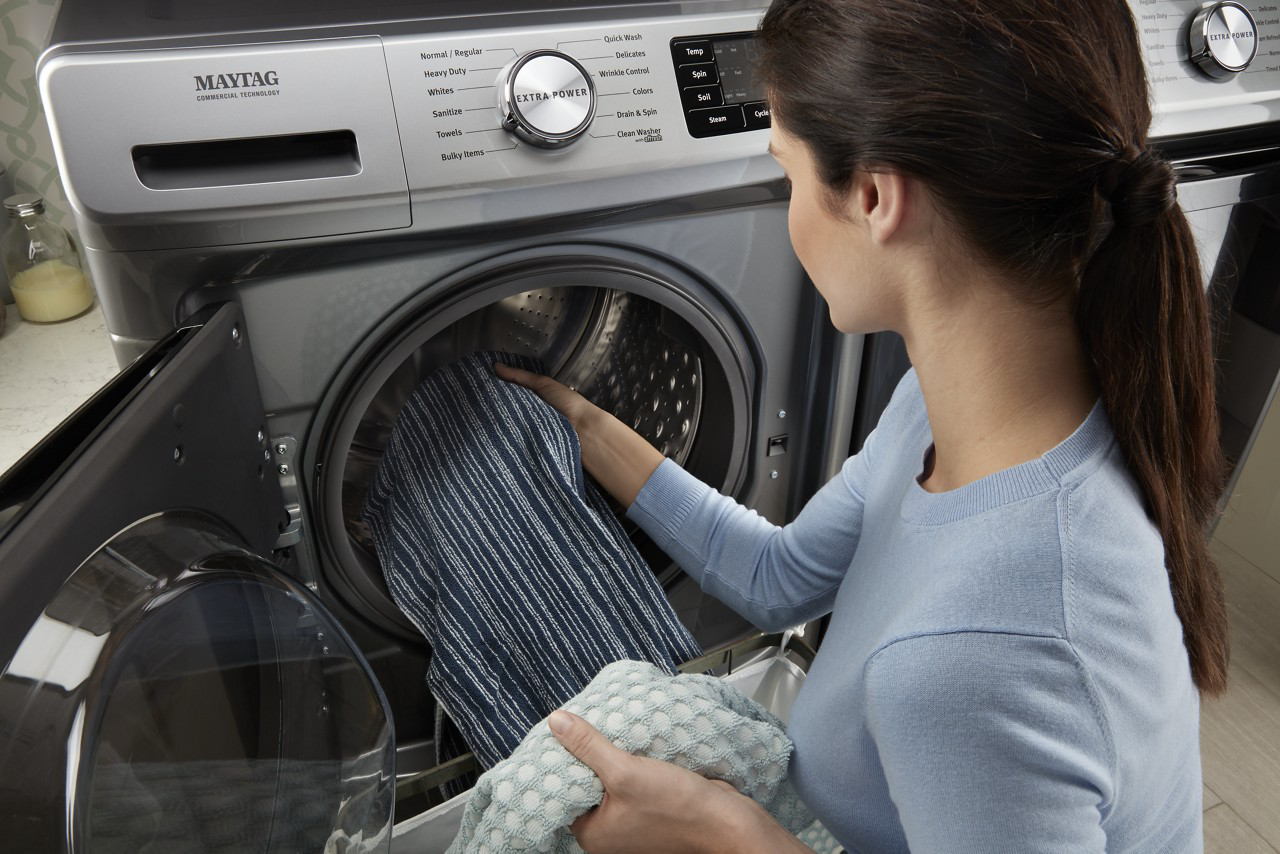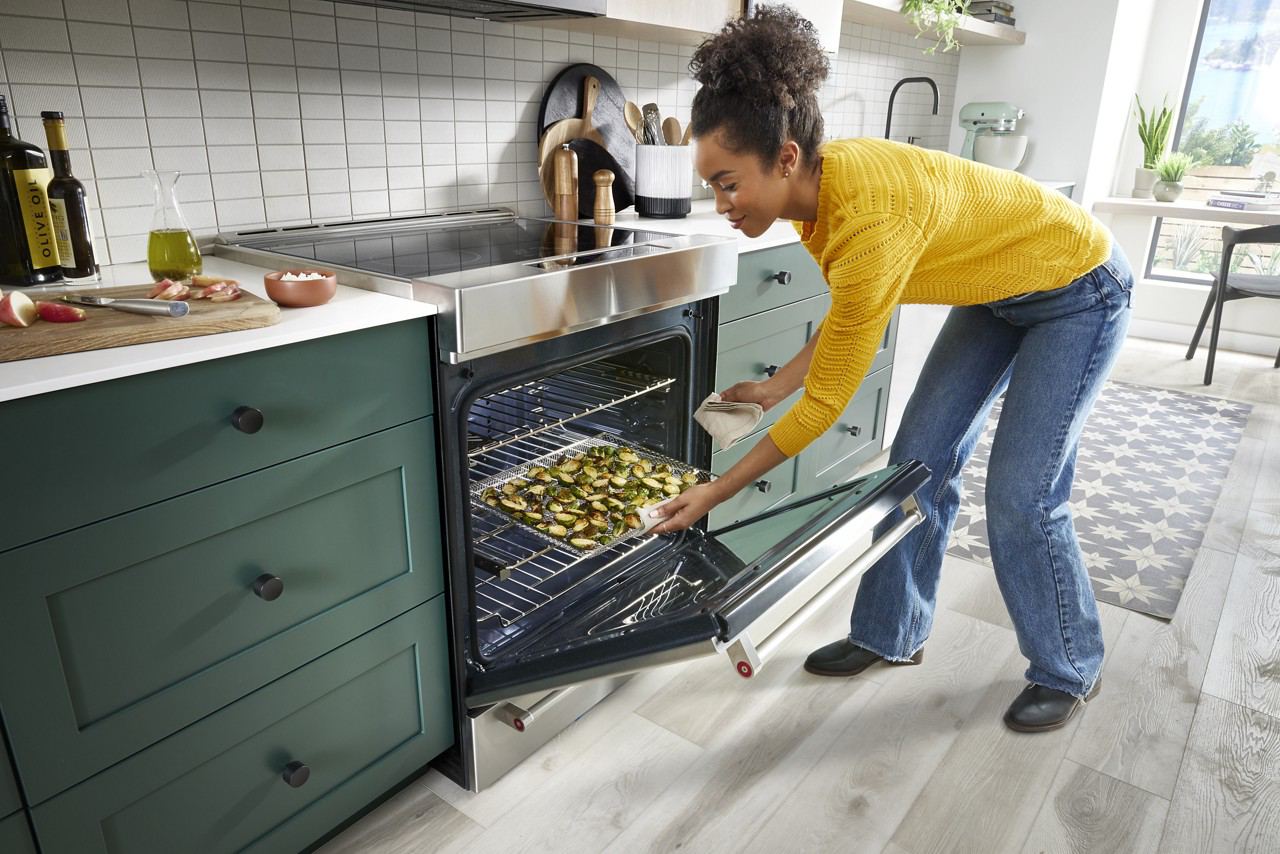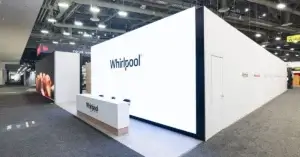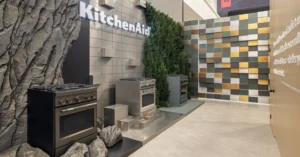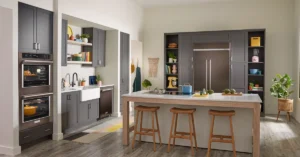A Q&A on Inclusive Design
Accessible design isn’t a trend – it’s a necessity for millions. According to the U.S. Census, there were 44.1 million Americans1 with a disability in 2022. More than just for those with disabilities, accessible design also plays a vital role when it comes to aging in place. This is a trend that’s on the rise, with 93%2 of people ages 55 and older identifying aging in place as a key goal for their home and future, which means they’ll need features that will allow them to live comfortably as they age.
We sat down with Katelin Frayer, Engineering Analyst, Laundry Aesthetics, Door & Entrance at Whirlpool Corporation to learn more about the importance of accessible design and how it can transform everyday living for those with disabilities and support aging-in-place aspirations:

Q: Is interest in ADA compliant design increasing among consumers?
A: People with disabilities were added as a protected class to the Fair Housing Act in 1988. This was the introduction of accessibility requirements for apartments and multifamily units, with kitchens being one of the focus areas for these requirements. The ADA was ratified July 26, 1990 and better defined targets of what accessibility means. Currently, ADA compliance is required for any multifamily unit with more than 4 units, but the desire for accessibility is growing for a multitude of reasons. Whether it’s because there are a growing number of people with disabilities or the growing desire to age in place, consumers value their independence and accessibility is a means to that.
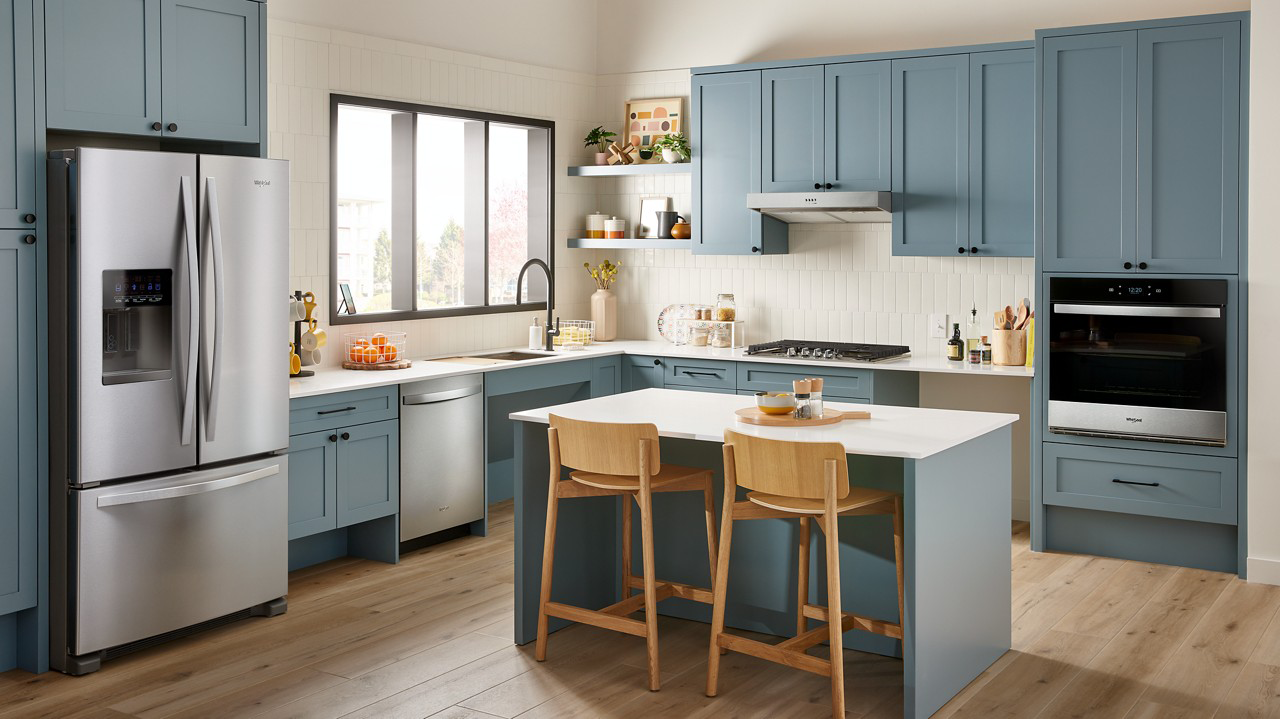
Q: What are key accessible features builders and designers should consider integrating into their next project?
A: There are a few keys to integrating accessibility. Obviously, accessible appliances are an important piece of that, but it does need to go beyond that. Things like open space to maneuver a wheelchair, handle drawer pulls, and space under counters can improve the usability of accessible units for residents. More than any recommendation though, listening to the individuals that need the accommodations is paramount. The more the resident can be involved in the process, the smoother the process is likely to be!
Q: What does ADA compliance entail for appliances, and how do you ensure products meet these standards?
A: To be ADA compliant means you have met the ADA Standards for Accessible Design, a list of requirements that must be achieved. It includes things like maximum forces, reach ranges, and one-hand operation requirements. ADA requirements are treated like code requirements for the ADA units. We design them and test to ensure that they are met.
Q: Can you provide examples of specific features that make appliances accessible for people with disabilities?
A: Whirlpool Corporation is proud to offer a range of innovative appliances that allow for aging in place and make sure consumers with disabilities don’t have to sacrifice the function and aesthetics they want for the features they need. Scroll below to explore a few innovative and ADA compliant appliance options.
“The reality is that when embedded early in the design process, accessible design is just good design.”
Q: How do you balance the need for ADA compliance with other factors such as aesthetics, functionality, and cost?
A: Accessibility is not mutually exclusive with aesthetics or low cost products, and oftentimes accessibility can increase the usability of products for everyone. The reality is that when embedded early in the design process, accessible design is just good design. When accessibility is an afterthought, it can impact cost and even take away from aesthetics and functionality. At Whirlpool Corporation, we incorporate accessibility early, ensuring it’s seamlessly embedded into products as enhancements, rather than an afterthought.
Q: What is Whirlpool Corporation doing specifically to ensure more accessible products for consumers?
A: Whirlpool Corporation is mindful about bringing people with disabilities into the design process. The best way to design products for people with disabilities is by doing so with the people who will use them! We do this in a variety of ways:
- We have a very active employee resource group that allows employees to voice their concerns and bring important considerations to the process.
- We also have a couple of partnerships to give the greater community a voice. For example, we have been able to do focus groups with United Spinal Association, a fantastic organization representing wheelchair users, and Corewell Health, our local hospital. We work with these groups throughout the design process to get the right voices to the table at the right times.

To learn more about Whirlpool Corporation’s newest innovations, check out our Product Showcase page.
For additional details about our appliance offerings, contact a sales rep today. Keep up with other trends and news in your industry by visiting The Trade Channel page.

